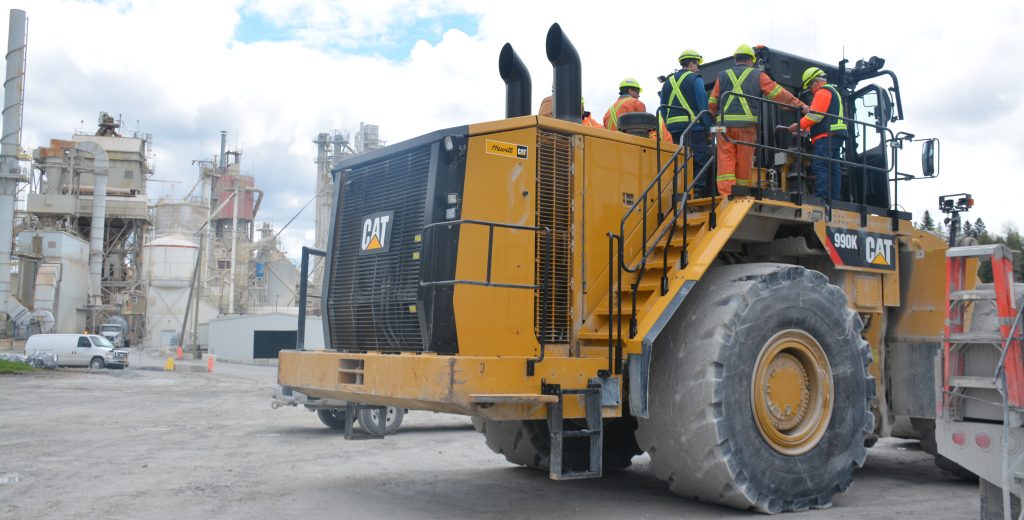Headquartered in Richmond, B.C., Graymont is known a global producer of limestone and lime products for markets as diverse as construction, glass, steel, food and agriculture.
But they’re also giving away something for free — an innovative safety program known as the Graymont Safety Challenge that combines education and teamwork in the format of a companywide competition.
The program was first staged in 2013 at a Graymont facility in Bedford, Que. that had already demonstrated a solid safety record.
“However, the employees were asking themselves whether that record had inspired a bit of complacency regarding safety,” says Mathieu Bouchard, vice-president, corporate affairs, environment and sustainability with Graymont. “They wanted to break through complacency to heighten a focus on safety.”
Like many companies that value education and training, employees were often inundated with PowerPoint presentations.
“But traditional training tools might not have the same effectiveness in a world bombarded with electronic messaging,” says Bouchard. “They thought that having some fun in person might be the best way to engage.”
In-house stakeholders worked with safety professionals to develop a competition format in which teams made up of workers and management compete against each other to demonstrate key safety practices related to work.
The event features competitions built around such issues as: hazard identification; lock-outs and tag-outs; working at heights; confined space entry; fire response; emergency response; and equipment handling.
“The teams are presented with a risk and are then challenged to find the best solution to mitigating that risk,” says Bouchard. “Their responses are evaluated by judges against a scorecard.”
In the company’s forklift challenge, for example, teams are required to navigate a forklift through an obstacle course. The fun part? They’re transporting a pallet that supports a bucket of water. The teams are scored on safety practices, how many obstacles they hit — and how much water is left in that bucket at the finish line.
The competition can be tricky. In an event that involves working from heights, the organizers throw obviously defective lanyards and harnesses into the mix. Teams lose points for failing to inspect the equipment before using it.

In an emergency response event, an actor portrays someone injured by a live wire. Contestants have to seek the aid of an electrician to move the live wire before administering first aid or the judge will assign them the role of “Patient #2.”
Crowning the winner is almost beside the point, as much of the value of the exercise is derived from the teamwork and discussions generated among employees.
“They’re seeing safety in the workplace as a team effort,” says Bouchard. “You can see that in the way that they discuss safety issues during the debriefings.”
Bouchard has taken part in the challenge several times and notes management participation has proved invaluable to the organization.
“We’re getting hands-on experience that we simply would not get in any other way,” he says. “Management participation also lets everyone know that we think this is an important event that’s worth attending.”
Staging a safety challenge requires significant preparation, from establishing a schedule, to planning individual competitions, to building a buzz for the event. At Graymont, the challenge is staged at 20 facilities during a single week and takes a little more than half the day. Teams are typically cycled through five challenges.
Safety professionals are an important part of the planning as they help to customize the scenarios and exercises that reflect the safety issues most important to each location.
“We’re not suggesting that the safety challenge is a panacea, but it’s certainly a piece of the puzzle that we were overlooking,” says Bouchard. “Our lost time injuries are going down but we’re also seeing our employees reporting more near-misses and we strongly believe that the safety challenge is a contributor.”
You can download the Graymont Safety Challenge tool kit for free at: www.graymont.com/sites/default/files/safety_challenge_tool_kit_0.pdf









Recent Comments
comments for this post are closed